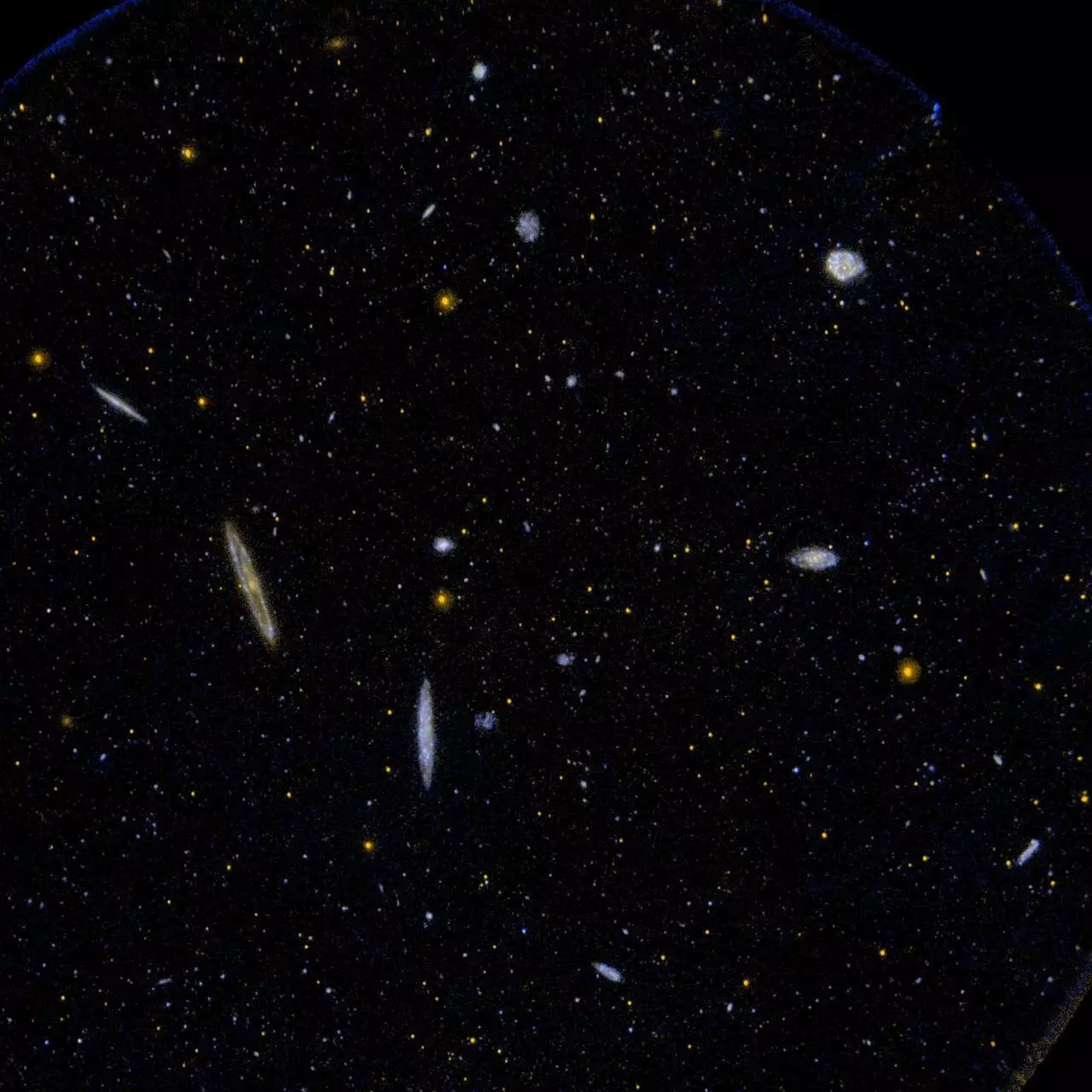Recent advancements in our understanding of the universe have led to an intriguing revelation about the formation and distribution of matter. A collaborative study, featuring contributions from Southern Methodist University (SMU) and three other prestigious institutions, has reignited inquiries into the fundamental concepts of physics taught globally. The research, published on the arXiv preprint server, suggests that the age-old principles of physics might need to undergo significant revision in light of new empirical evidence. As we delve into this substantial finding, the implications for physics education and research pathways become clear.
The catalyst for this inquiry is the Dark Energy Spectroscopic Instrument (DESI), which is constructing an unprecedented 3D map of the cosmos. The data yielded so far represents some of the most refined observations available and serves to clarify the mass scale of neutrinos. As one of the co-authors, Joel Meyers, elucidates, this data not only enhances our understanding but also challenges the pre-existing notions regarding the behavior of neutrinos during critical epochs of the universe’s evolution.
Neutrinos, enigmatic particles that were once regarded as fleeting and almost inconsequential, are now vital to grasping the fabric of cosmology. These minute particles influence the clustering of matter across the universe, instrumental in shaping galaxies and cosmic structures. The research highlights how neutrinos, previously anticipated to inhibit the clumping of matter, may actually promote greater clustering than initially theorized. This contradiction invites further scrutiny of both observational data and theoretical frameworks.
The implications of these findings extend beyond mere data anomalies; they challenge the core tenets of the Standard Model of particle physics. The latter has long served as the cornerstone of our understanding of matter’s interactions and behavior. However, the surprising tendency of matter to cluster more than expected casts doubt on whether current models can accommodate these recent revelations.
In the study, the researchers investigated the necessity for modifications to this foundational framework. They considered whether systematic errors in measuring cosmic phenomena could account for these unexpected results or if they indicate the potential for groundbreaking new physics that extends the boundaries of our knowledge. Such contemplation is crucial as we approach the future of cosmological research.
Understanding the unexpected behavior of neutrinos and their effects on cosmic structure is essential for refining our cosmic models. The detailed analysis undertaken by Meyers and his collaborators serves as a blueprint for ongoing investigations into these pivotal questions. Their work encourages scientists to rethink their approaches, incorporating novel theories that might bridge the gaps in current models.
Many researchers are now tasked with the careful evaluation of systematic uncertainties in measurements derived from DESI and other observational platforms. Furthermore, this inquiry propels scientists into new realms of experimentation that might unveil unknown facets of particle interactions and cosmic evolution.
As we look ahead, the significance of these findings cannot be understated. Beyond merely enhancing our academic comprehension, they portend a metamorphosis in how future generations of physics students perceive the universe. If indeed corrections or expansions to established physical laws become necessary, the educational fabric of physics will likely shift, embracing a more robust and flexible understanding of the cosmos.
The unexpected results emerging from the DESI observations not only illuminate our current knowledge gaps but also signal a pivotal moment for cosmology and particle physics. They urge the scientific community to embark on a comprehensive examination of the cosmos, potentially rewriting the foundational concepts of physics as we know them. With this renewed focus on both observations and theories, the quest for understanding the mysteries of our universe remains as dynamic and essential as ever.


Leave a Reply
You must be logged in to post a comment.